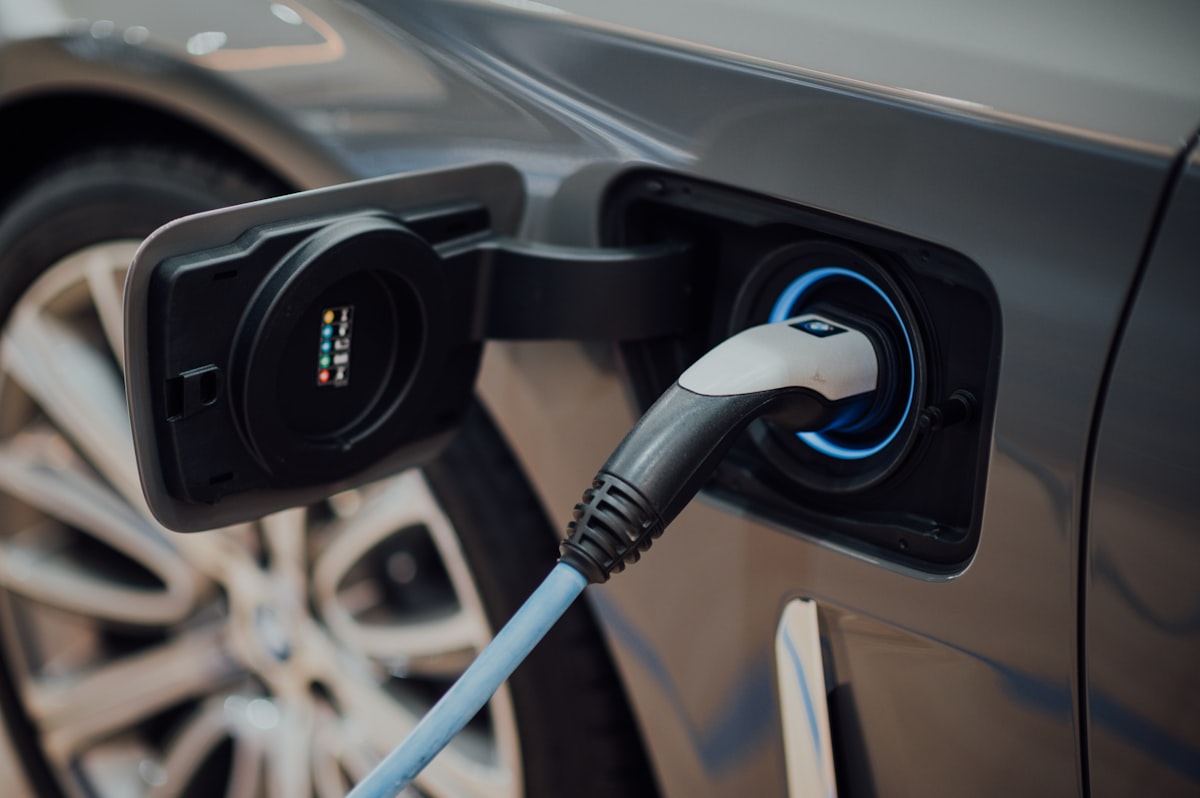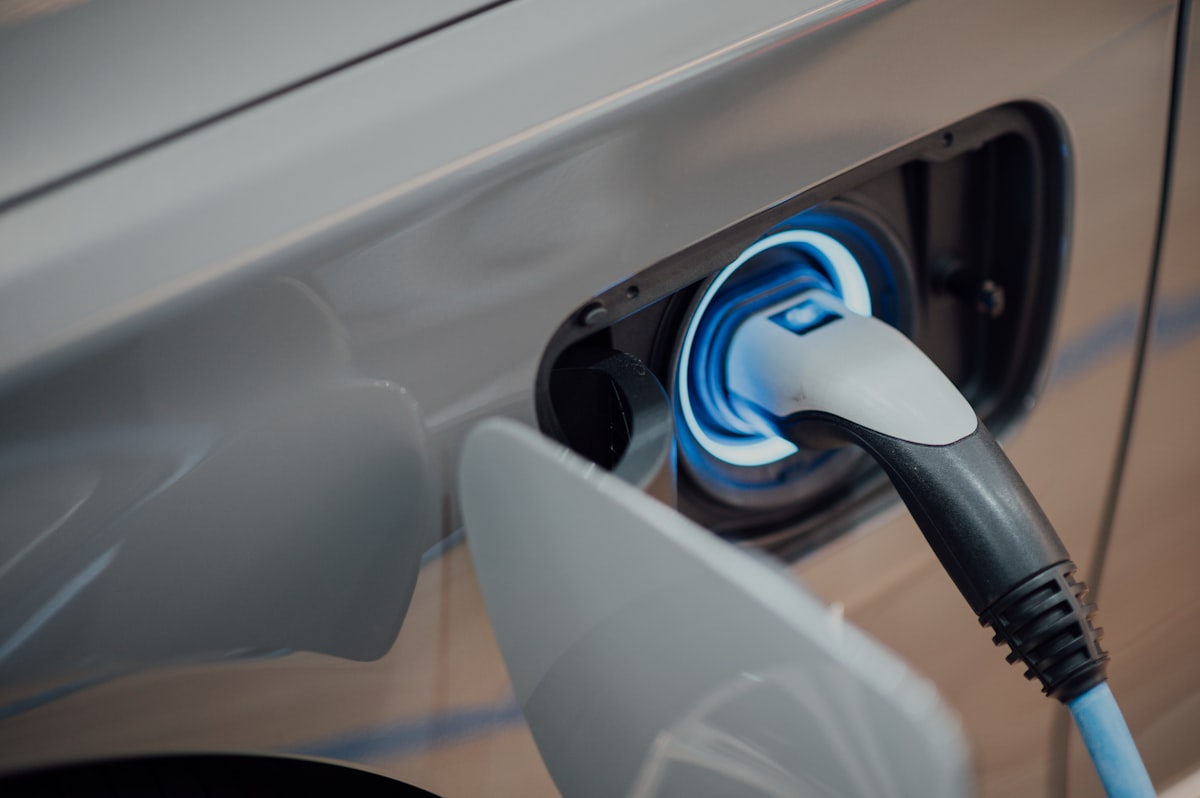Home EV Charging: Installation and Maintenance
Home EV Charging: Installation and Maintenance
Electric vehicles (EVs) are becoming a mainstay on our roads. As more people make the switch, understanding the essentials of home EV charging is crucial. This article will cover installation and maintenance without the fluff. Let’s dive in.
Choosing the Right Charger
The first step is selecting a charger. Level 1 chargers use a standard 120-volt outlet. They are slow but can be fine for daily commuting. Level 2 chargers use a 240-volt outlet, offering faster charging.

- Level 1 Chargers: 4-5 miles per hour of charge
- Level 2 Chargers: 15-25 miles per hour of charge
Most homeowners opt for Level 2 chargers due to their efficiency. They require a dedicated circuit and professional installation.
Site Assessment and Planning
A site assessment ensures your home is ready for an EV charger. Consider the distance from your electrical panel to the parking area. Shorter distances minimize costs and complexity. Check whether your electrical panel can handle the additional load. If not, an upgrade might be necessary.
Hiring a Professional
Installing a Level 2 charger is not a DIY project. Hire a licensed electrician. They will ensure the setup meets local codes and safety standards. Look for electricians experienced with EV charger installations.
Installation Process
Once you hire a professional, the actual installation begins. The process involves several steps:
- Running a dedicated 240-volt line from the electrical panel to the charging station location
- Mounting the charging station on the wall or a pedestal
- Connecting the charger to the electrical supply
- Testing the system for proper functionality
The entire process usually takes a few hours to a day.
Permits and Inspections
Many jurisdictions require permits for installing Level 2 chargers. Your electrician will handle this. Post-installation, an inspection ensures everything is up to code and safely installed.
Cost Breakdown
The cost of installing a home EV charger can vary:
- Level 2 charger: $500 – $700
- Installation: $500 – $1,500 (depending on location and electrical complexity)
Pricey, but think of it as an investment. It enhances home value and saves time compared to public charging stations.
Maintaining Your EV Charger
Regular maintenance ensures your charger functions optimally. Here are some simple tips:
- Inspect Regularly: Check the charger, cables, and plug for wear and tear.
- Clean Safely: Use a dry cloth to clean the charger. Avoid water or harsh chemicals.
- Monitor Performance: Keep an eye on charging times. Unusual delays may indicate a problem.
- Update Software: Some chargers come with software updates. Ensure these are timely and applied.
Troubleshooting Common Issues
Issues might arise, despite regular maintenance. Here are some common problems and solutions:
- The Charger Doesn’t Start: Check the power supply. Ensure the circuit breaker hasn’t tripped.
- Slow Charging: Inspect the charger and cables. Look for signs of damage or wear.
- Intermittent Charging: Verify the electrical connection is stable. Loose connections can cause interruptions.
Upgrading Your EV Charger
Technology evolves. You might need to upgrade your charger over time. Consider an upgrade if:
- You get a new EV with a larger battery.
- Your current charger becomes outdated.
- You want faster charging speeds.
This involves consulting with a professional to ensure compatibility and proper installation.
Benefits of Home Charging
Convenience is a major advantage of home EV charging. Avoid the hassle of finding public stations. Charge overnight and start each day with a full battery. Also, home charging is often cheaper due to lower residential electricity rates.
Safety Tips
Charging an EV at home is safe when done correctly. Here are some safety tips:

- Use Proper Outlets: Only use outlets and circuits designed for EV charging.
- Avoid Modifications: Do not modify the charger or cables.
- Keep Dry: Ensure the charger is dry and free from moisture.
- Follow Manufacturer Instructions: Always follow the guidelines provided by the charger manufacturer.
The Role of Smart Chargers
Smart chargers offer additional benefits. They come with Wi-Fi connectivity, allowing you to monitor and control charging remotely. These chargers can also schedule charging times to take advantage of off-peak electricity rates.
Utility Rebates and Incentives
Many utility companies offer rebates for installing home EV chargers. Check with your local utility provider. Government incentives might also be available. These can significantly offset the initial installation costs.
Environmental Impact
Home EV charging has a positive environmental impact. It reduces reliance on fossil fuels. Also, using renewable energy sources for home electricity can further decrease your carbon footprint.
Preparing for Installation
Before installation, clear the area where the charger will be placed. Ensure there’s easy access to the electrical panel. Discuss any specific requirements with your electrician beforehand.
Home Resale Value
A home equipped with an EV charger can attract more buyers. With the growing popularity of EVs, this feature can be a selling point. It indicates the home is future-ready.
Recommended EV Accessories
NOCO GENIUS10 Smart Charger – $79.95
Advanced battery maintainer and charger.
EV Charging Station Guide
Navigate the EV charging landscape.
As an Amazon Associate, we earn from qualifying purchases.



Subscribe for Updates
Get the latest articles delivered to your inbox.
We respect your privacy. Unsubscribe anytime.